Mint leaves will turn brown and crispy in the cool weather when the plant goes dormant. Trim back dead stems and leaves and water the plant well and it will sprout again in Spring. Other causes of brown and crispy mint leaves are not enough light, warmth, water or nitrogen.
The mint plant may need re-potting if it has become root bound. Fresh potting soil and a liquid feed of fish emulsion can revive your dying mint plant.
Reasons mint leaves turn brown and crispy
Mint is going dormant
Mint will go dormant over the cooler months, especially if your area gets frosts. The leaves will brown and die off leaving just the stems.
Solution: Cut the stems back to a few inches above the soil and water in well. Your mint will re-sprout when the weather warms up.
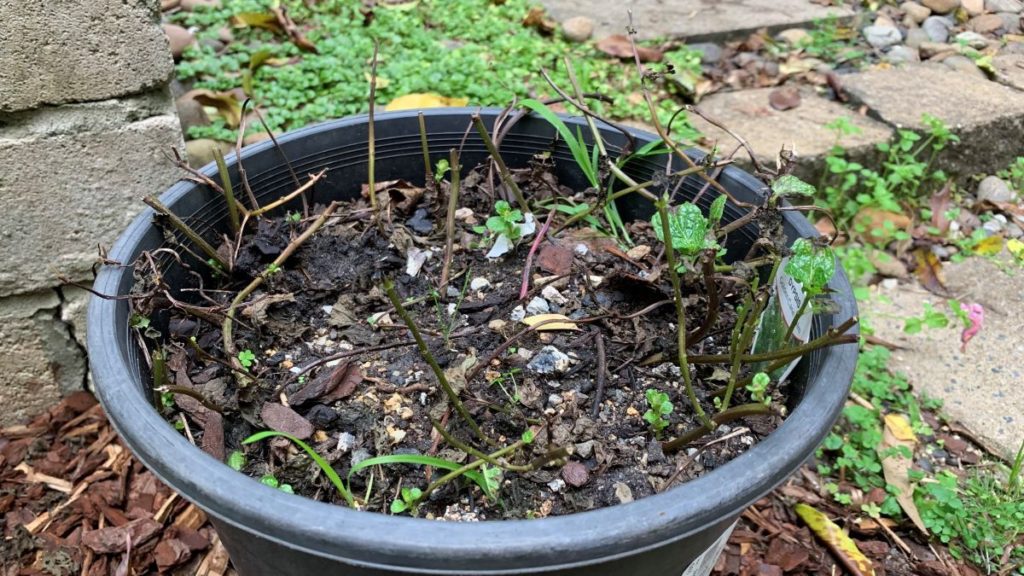
Not enough light and warmth
Mint can turn brown if it is not getting enough sunlight. Mint thrives in warm weather and can stay green all year round in temperate areas. If you are growing mint inside, move it into a brighter area or give it some time outside in a sunny area.
Mint grown in pots can be easily moved into a bright area if it is not getting enough light. Protect mint from frosts in winter by placing it near a wall or sheltered area.
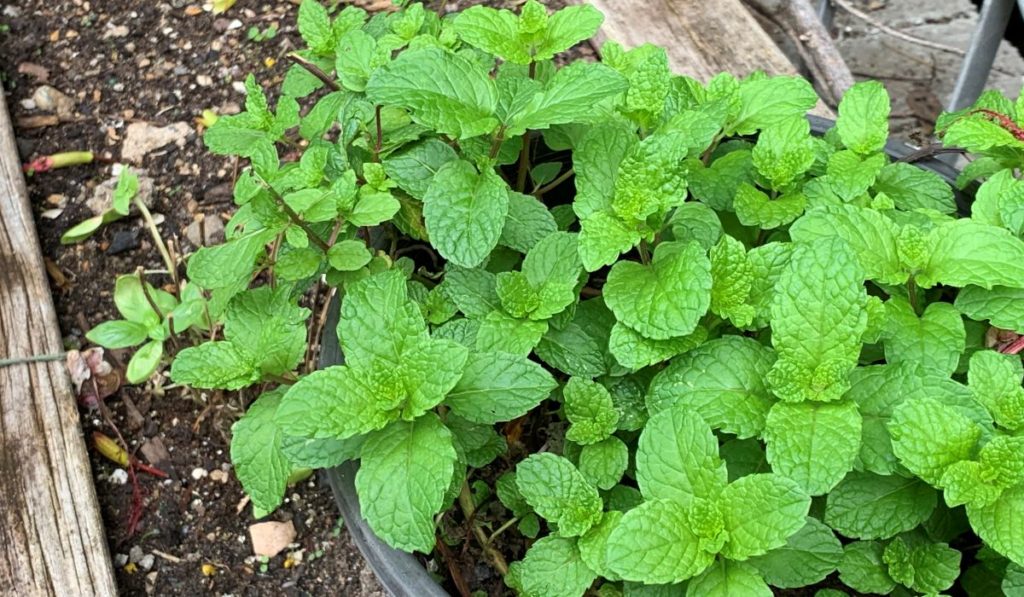
Mint is not getting enough water
Mint in pots can dry out easily particularly if they are grown in black pots. Check mint regularly and make sure the soil is kept moist. Mint will grow best if watered regularly and this can stop the leaves from going brown and crispy.
Your mint plant needs re-potting
Mint plants grow quickly and can outgrow pots within a year. Mint plants can become root bound and run out of nutrients. Give your plant regular liquid nitrogen fertilizer during the year and re-pot the plant to give it more room.
When you take your mint plant out of the pot check the roots. The roots that look white are alive and healthy and will re-grow into new plants. These can be re-potted into new pots and new potting soil and they will re-grow.
Brown roots have died and can be removed as they will not grow back.
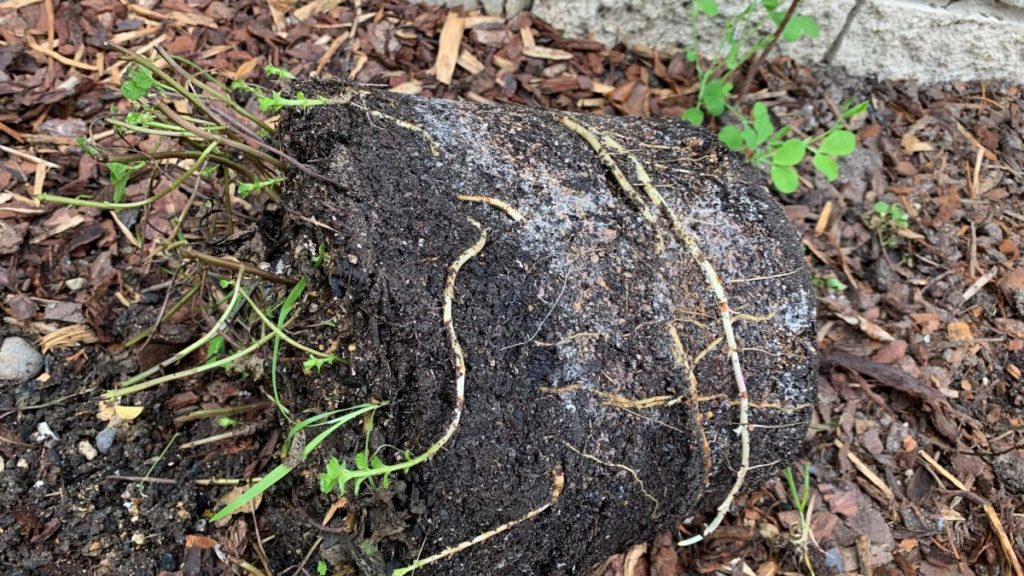
Lack of nitrogen
When your mint plant lacks nitrogen the leaves will turn yellow and then brown. Give your mint a feed with a slow release nitrogen rich fertilizer like pelleted chicken manure in Spring and Fall. Give extra nitrogen fertilizer as a liquid feed during spring for extra leaf growth.
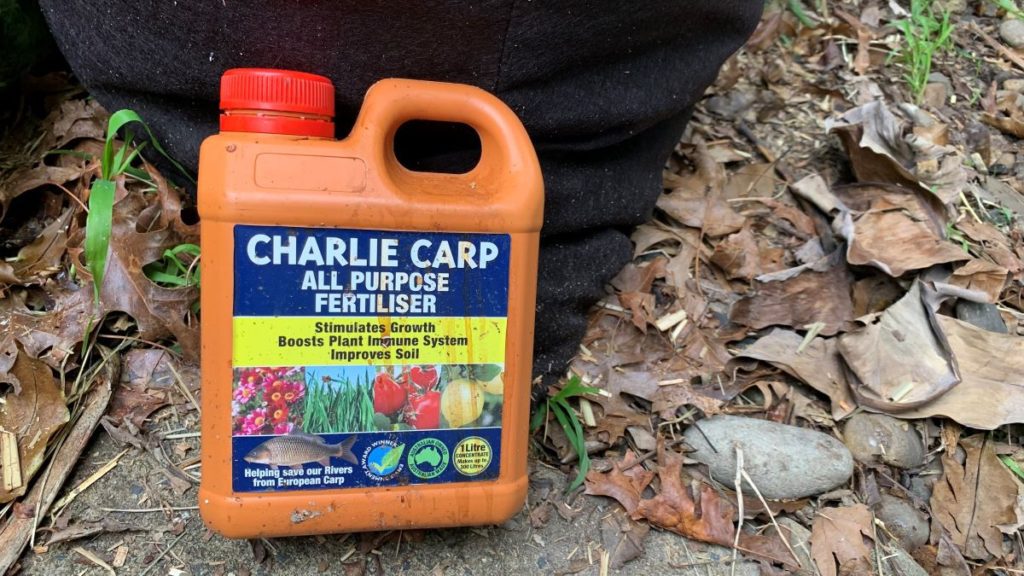
Overwatering
Too much water can turn mint leaves brown. The browning from overwatering will usually start at the tips of the leaves and spread further down the leaf and stem as time goes on.
If you are growing mint in a pot, make sure it has good drainage holes and the pot is not sitting in a saucer of water. Water the mint and let it drain before putting it back on the saucer for indoor plants.
Pests
Spider mite can attack your mint plants eating the leaves which will turn brown and crispy. The easiest natural solution to this is to trim the ends of the stems down leaving a few healthy leaves. Water the plant with seaweed solution and move it to a sunny area.
Throw the leaves into the bin to remove spider mite.
Rust
Rust is a fungus that can form on the leaves of the mint plant. It can look like yellow spots on the leaves which will eventually turn the leaves brown.
Prevent rust on your mint leaves by watering the plant at ground level and avoid splashing too much water on the leaves. Water mint in the morning so the leaves have time to dry off and avoid rust.
If your mint plant has rust, trim off the leaves and stems that are infected. Throw them in the bin and not your compost.
Will brown mint leaves grow back?
Once mint leaves have turned brown the leaf will not grow back. It is best to trim the mint stem back down to new healthy growth. The stem will re-sprout with new green leaves when the weather warms up.
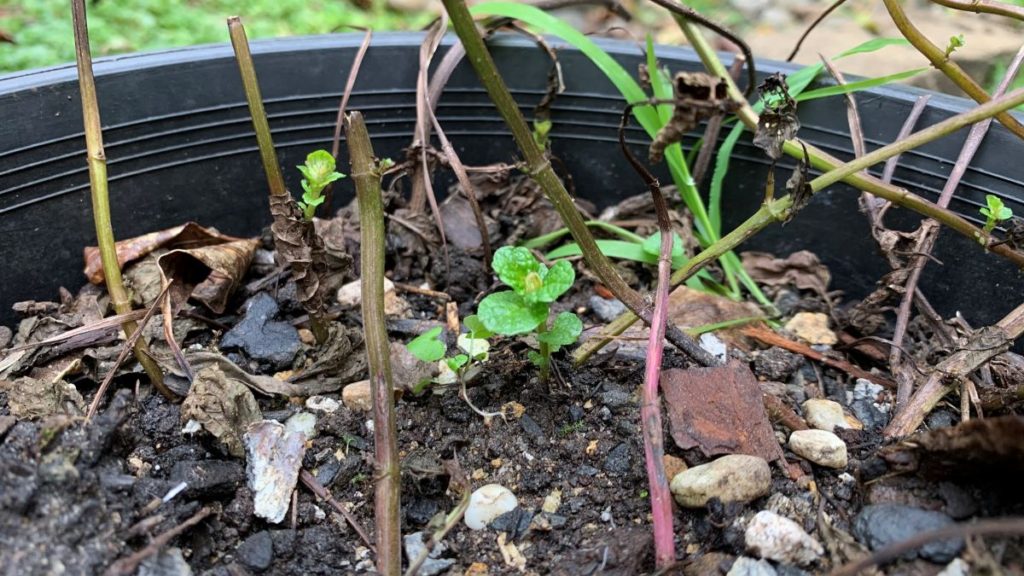
Simple Steps to Revive Dying Mint
Step 1: Trim off the dead leaves and stems
Start by trimming any leaves and stems off of your dying mint plant. Put them in the bin and do not put them in your compost in case they are carrying fungus.
Step 2: Re-pot your mint plant with new potting soil
Remove the mint plant from the pot and choose a new, clean pot which has been disinfected. Check out my previous article here on how to disinfect plant pots without bleach.
Fill the pot with new, good quality potting soil and plant healthy roots that look white.

Step 3: Water it in well with seaweed solution
Water the mint roots in with seaweed solution and worm castings if you have them. This will give them a nutrient boost and help to strengthen the root and stem growth.
Step 4: Keep mint well watered until spring
If you are doing this in the cooler months, you will need to wait until the weather warms up in spring before the mint will re-shoot. Make sure the soil is still watered even if the mint looks dormant.
Step 5: Place your mint in a sunny position outdoors
Put the pot in a sheltered area outside in a sunny position. Make sure the pot is draining well and your mint will be ready to re-grow again in spring.
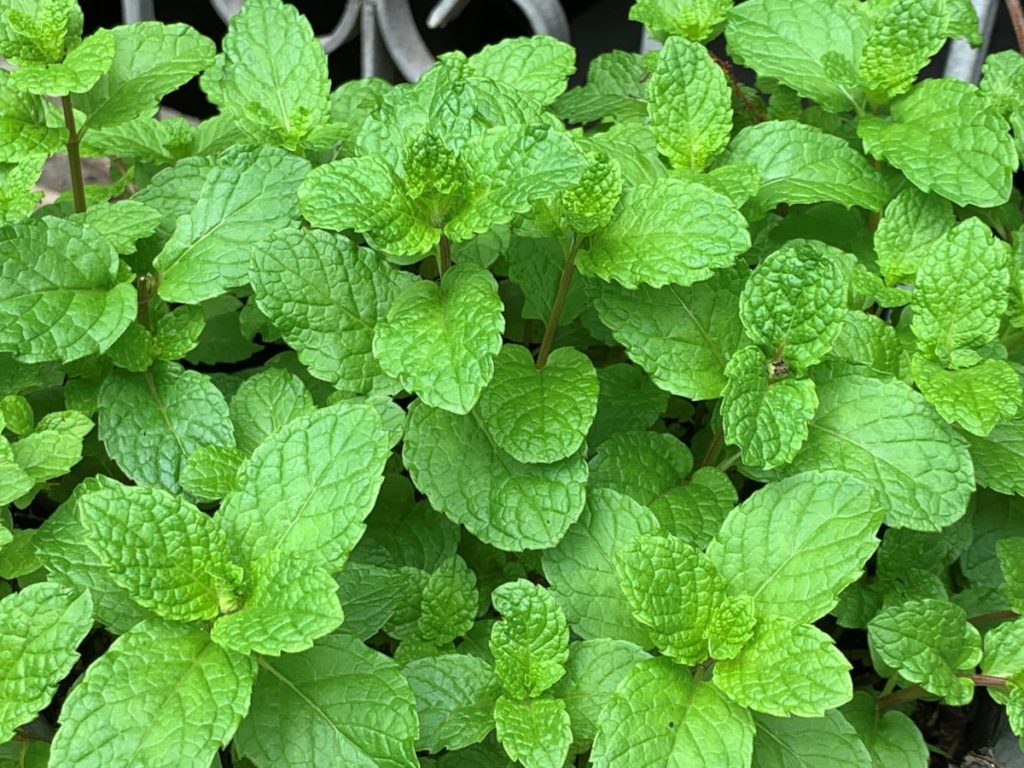
Mint leaves turning brown and crispy – Summary
Mint will turn brown and crispy in cold weather and go dormant. This is a natural process and if you look after your mint and trim it back it will re-sprout and grow well in the Spring. Mint is an easy herb to grow and is a fantastic container plant.
Mint Articles
How to Grow Mint | The complete guide + 11 Hot Tips
Mint leaves turning brown and crispy | Easy Solutions
Mint leaves are turning yellow | 9 Easy solutions
Why mint grows slow | How to make it grow 4X faster
Does mint grow in shade? | Sun or shade which is best?
I am an accredited practicing dietitian, experienced gardener and a dedicated cook. I love writing and sharing my experience so you can learn from my successes and mistakes.
